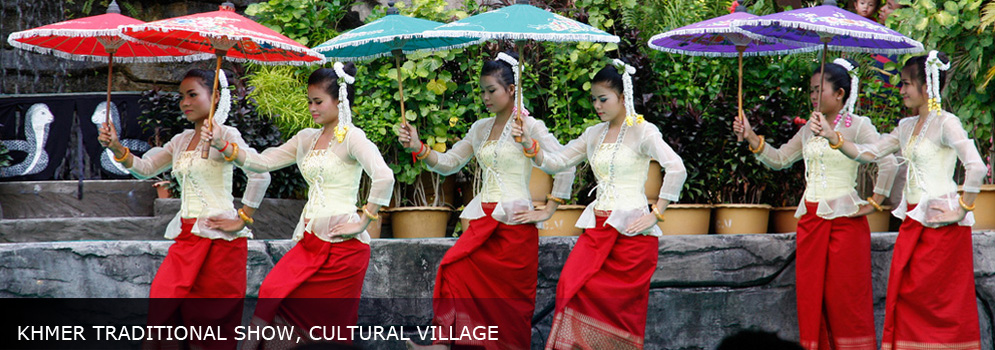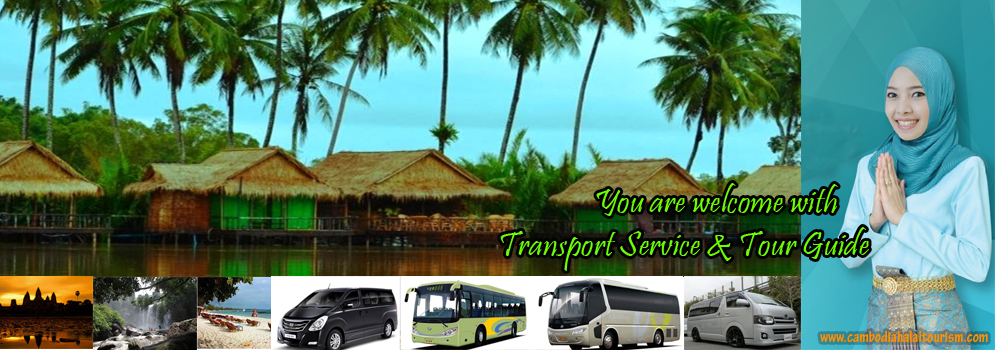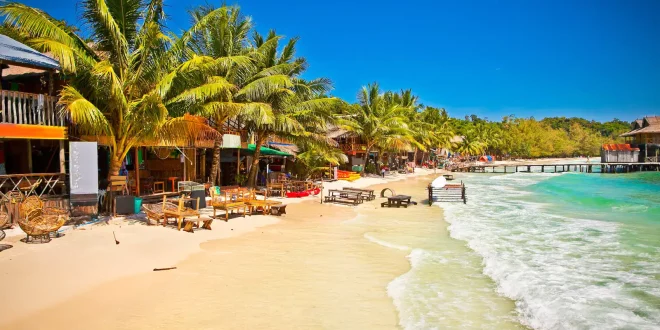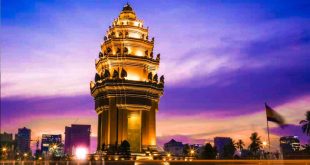Halal Tourism (Cambodia)
Phnom Penh, May 3rd, 2023 —
One of the best things to do in Cambodia is exploring magnificent historical sites, some are easily on the bucket lists of most travellers. From the amazing Angkor Wat and other well-known offshoots to the unnerving Killing Fields of Phnom Penh, these highlights make this part of the world a fascinating and rewarding place to visit. We can all learn something from Cambodia’s chequered past.
You can shift from memories of war to peace at secluded Bamboo Island or simply hit the beautiful beaches around Koh Rong. If you prefer the countryside to the coastline, consider Cambodia’s ‘rice bowl’ area of Battambang. Alternatively, you can enjoy the charming Apsara Dance.
What are the best things to do in Cambodia?
1. Angkor Wat
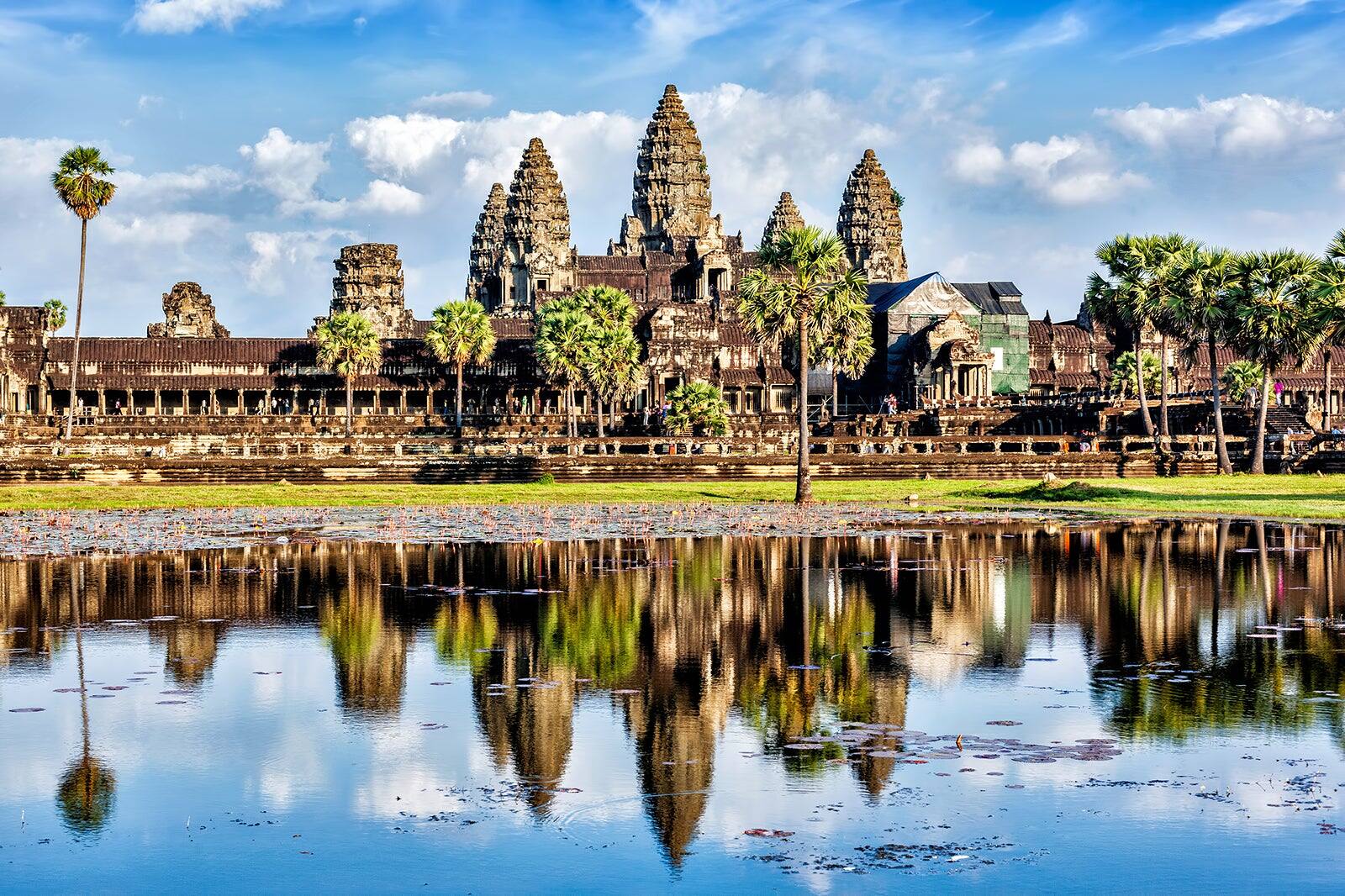
You can find the ruins of the ancient city of Angkor just a short distance to the north of Siem Reap. It is the site of the largest pre-industrial city in the world and covers an area of about 400 sq km.
Angkor Wat is a UNESCO World Heritage Site and is often the driving motivation for many travellers visiting Cambodia. The beautiful ruins were once the heart of the ancient Khmer Empire and, even after 1,000 years, it remains a breathtaking site, fully deserving of its worldwide reputation.
2. The Bayon

You can find The Bayon complex right at the centre of Angkor Thom (which translates to ‘Great City’). That’s why Bayon is considered the heart of the Angkor complex as it is today.
This inner city is surrounded by a moat, and you can approach it at the site’s 4 cardinal points via huge stone gates and causeways. These passages are well flanked by statues of gods and giants, which complement the overall sight of the complex.
3. Ta Prohm
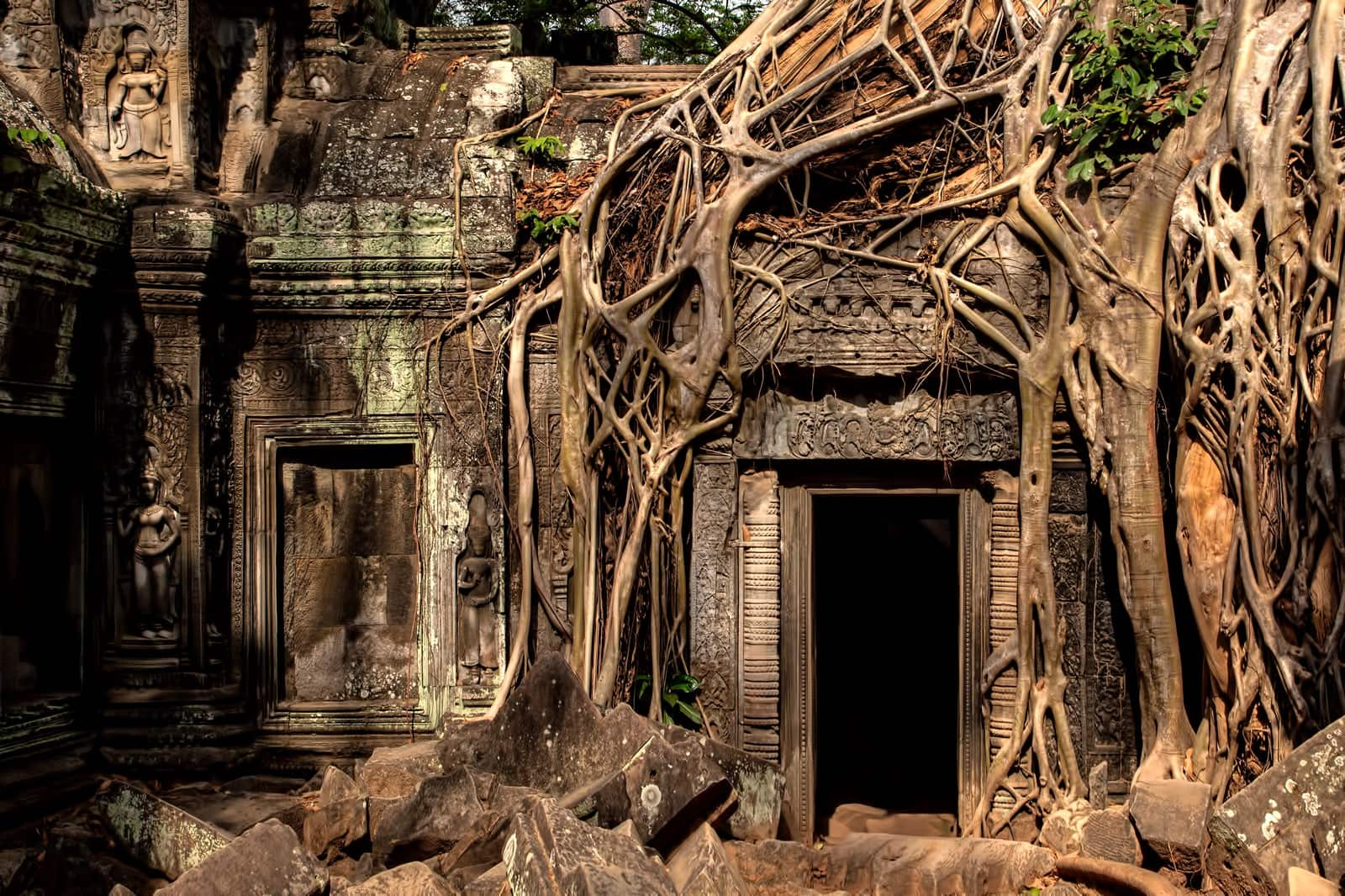
Angkor Wat and the city of Angkor Thom might better be known for their grandeur and majesty, but the temple and monastery of Ta Prohm takes the prize for its sheer dramatic effect.
Unlike most other monuments within the Angkor Archaeological Park, Ta Prohm has been long left the way it was originally found. You can see the site is heavily overgrown and smothered by tree roots, which help give it a mysterious vibe.
4. Tonlé Sap Lake
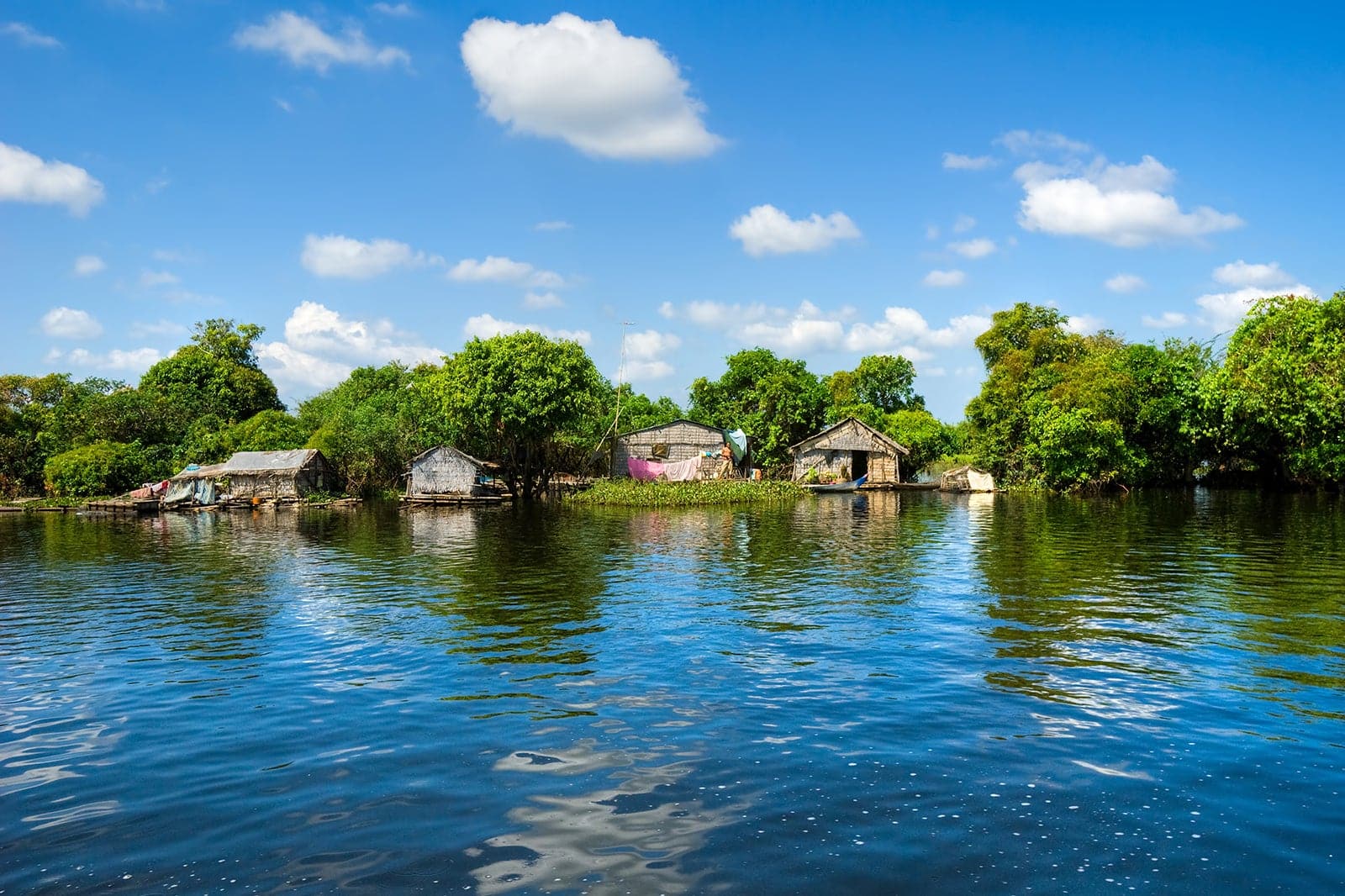
The lake of Tonlé Sap in Siem Reap is the largest freshwater lake in Southeast Asia. During the monsoon season, between June and October, it creates a massive and extremely diverse natural environment, including flooded forests and wetlands.
This helps it turn into a home for a dizzying array of exotic wildlife. You can also find some remarkable sights of human activity around the lake, in the form of several floating villages.
5. Apsaras Dance Performance
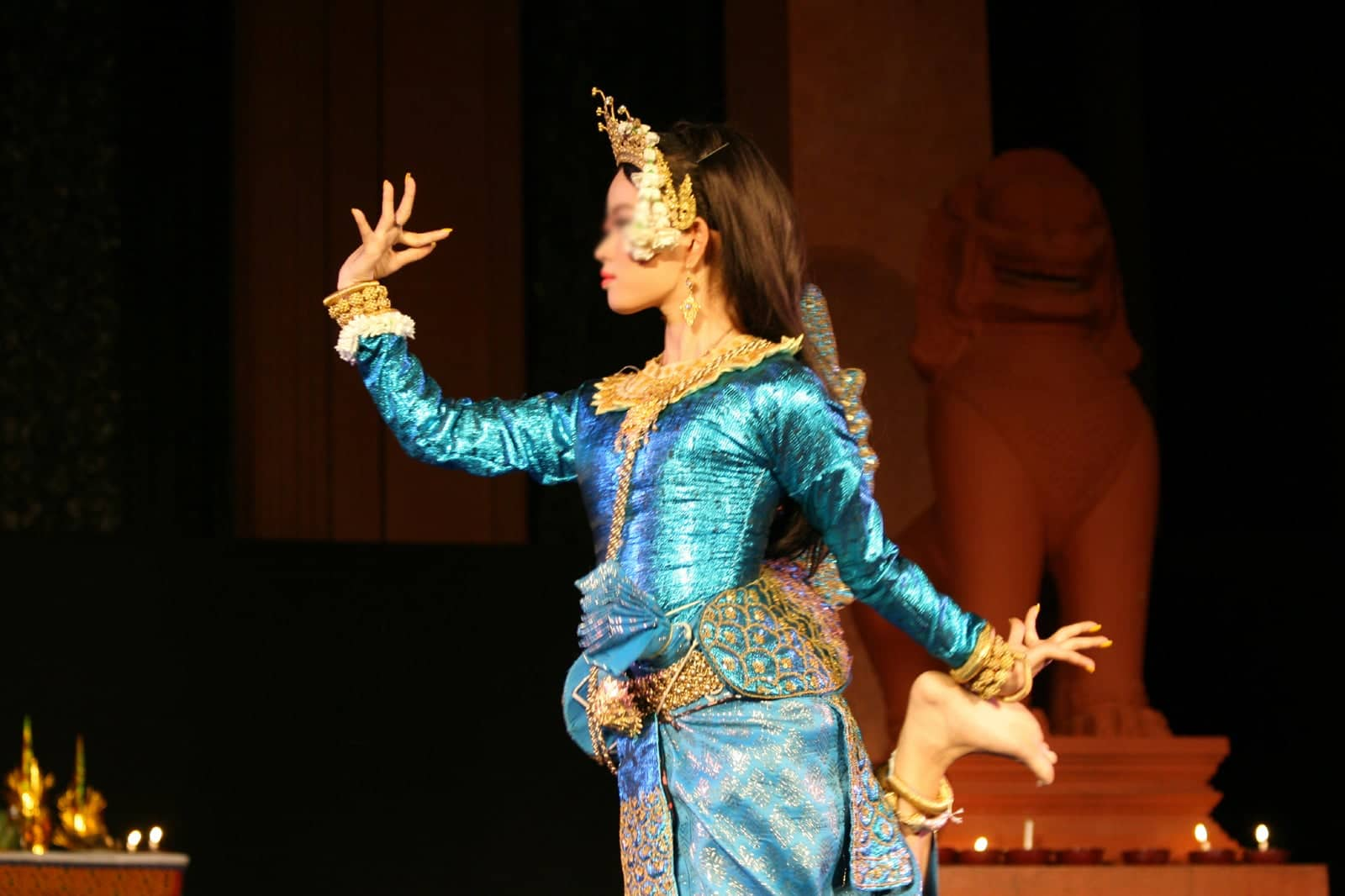
The Apsara Dance is an iconic Khmer cultural performance that you shouldn’t miss on your visit to Cambodia. The dance draws its inspiration from the mythological court of the gods and from its celestial dancers, the Apsaras.
Taught and passed down through many generations, the Apsara Dance took on its own unique form adding movements and meaning, during the reigns of Jayavarman II and Jayavarman VII as well as during the Angkor era.
6. Tuol Sleng Genocide Museum & Choeng Ek Memorial
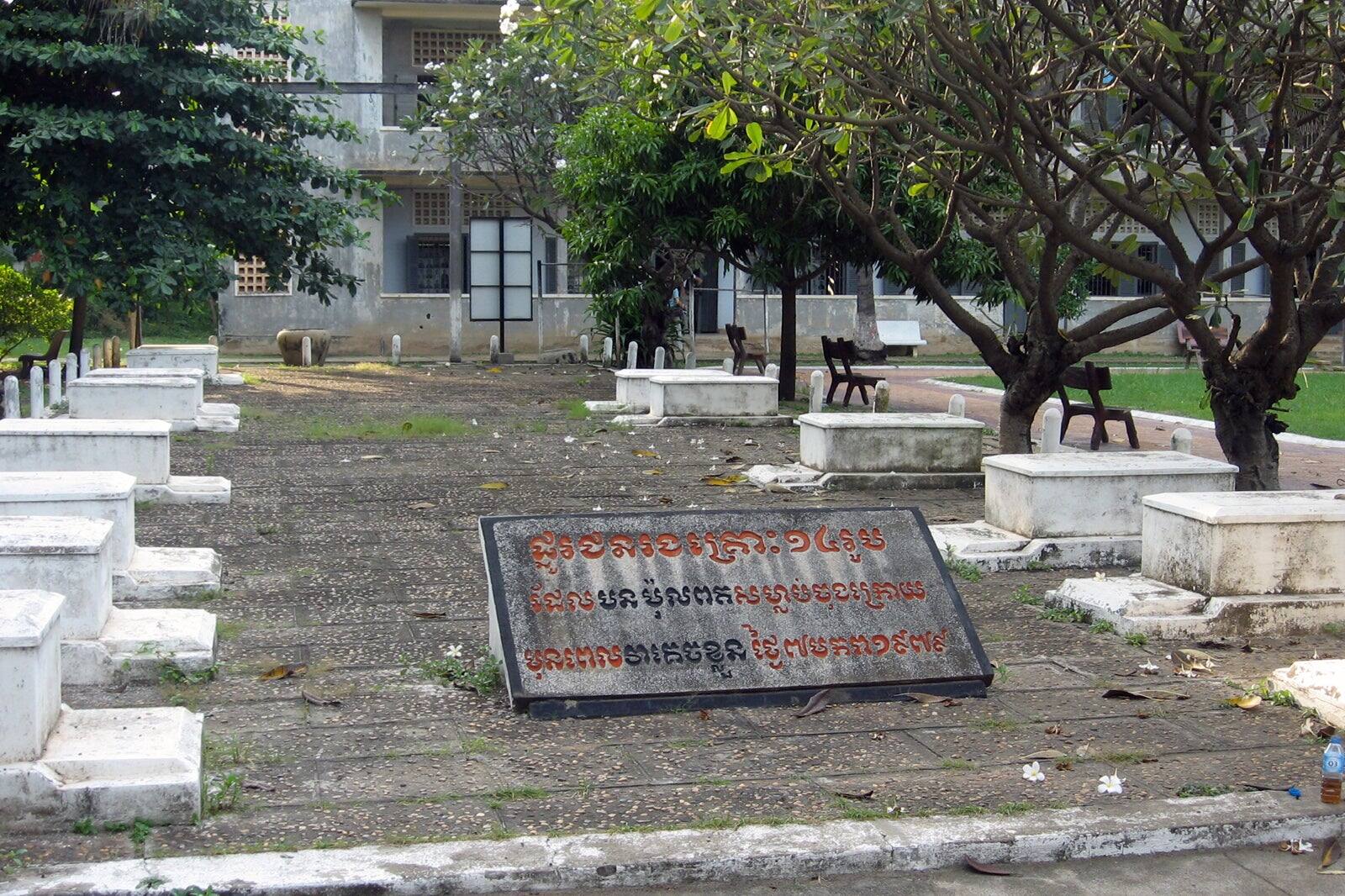
Commonly known as The Killing Fields, Choeung Ek is a reminder of Cambodia’s tragic recent past. The site indeed isn’t the most cheerful place to visit in Cambodia. Yet, this cornerstone of ‘dark tourism does a very good job of putting human faces to the mindboggling statistics of the Khmer Rouge and its 1.7 million victims.
The museum and memorial can be extremely instructive in terms of coming to grips with what actually happened during those terrible years, which is what makes it visiting them one of the more popular things to do in Cambodia.
7. Phnom Penh Royal Palace & Silver Pagoda
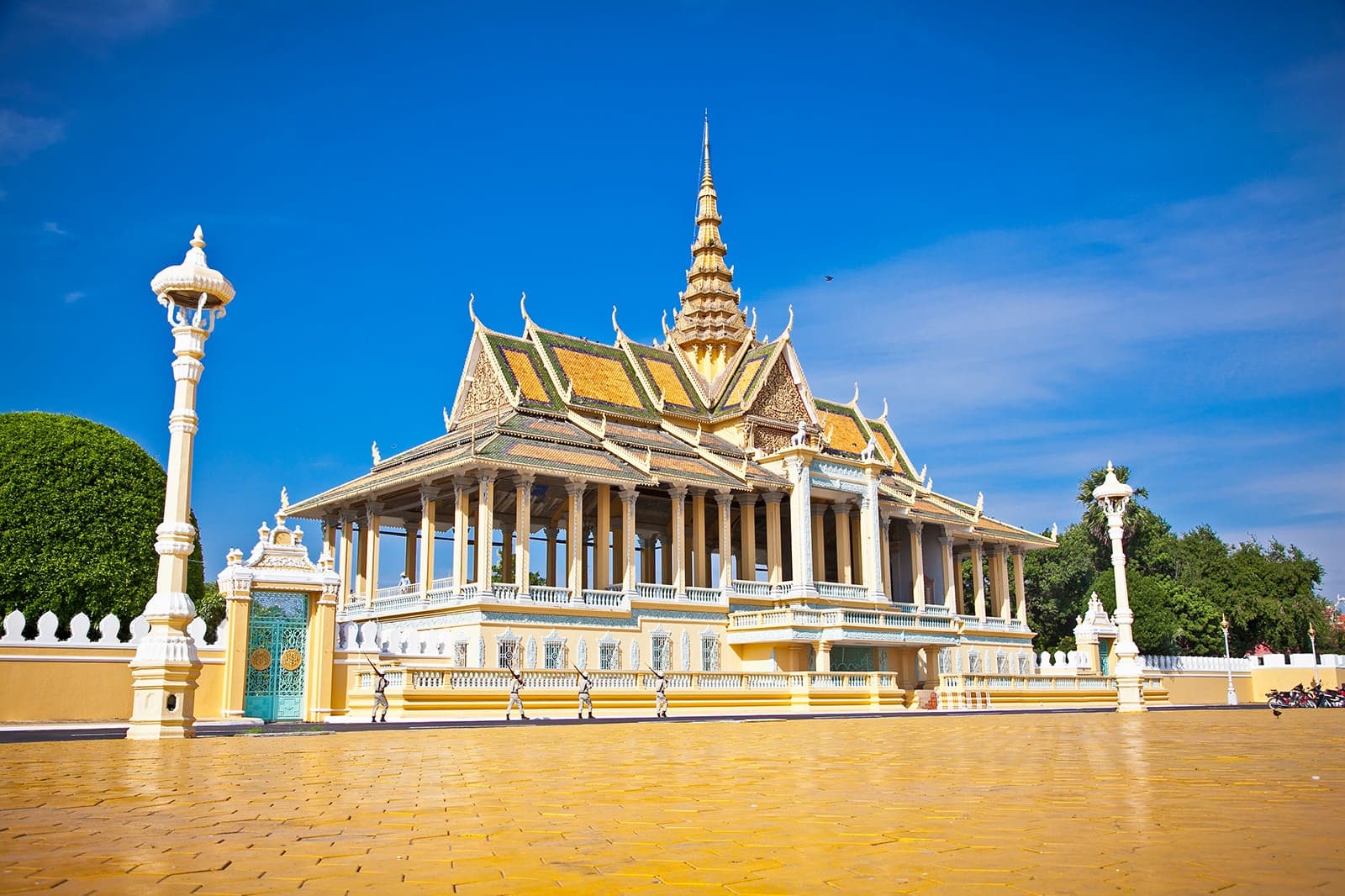
Built in 1866, the Phnom Penh Royal Palace contains various interesting buildings worth looking during your visit to the Cambodian capital. This includes the Khmer-style Throne Hall, which is now used for special ceremonial occasions.
South of the Throne Hall are the Royal Treasury and the Villa of Napoleon III, built in Egypt in 1866, for the opening of the Suez Canal, and was later presented to the Cambodian king as a gift.
8. Koh Rong
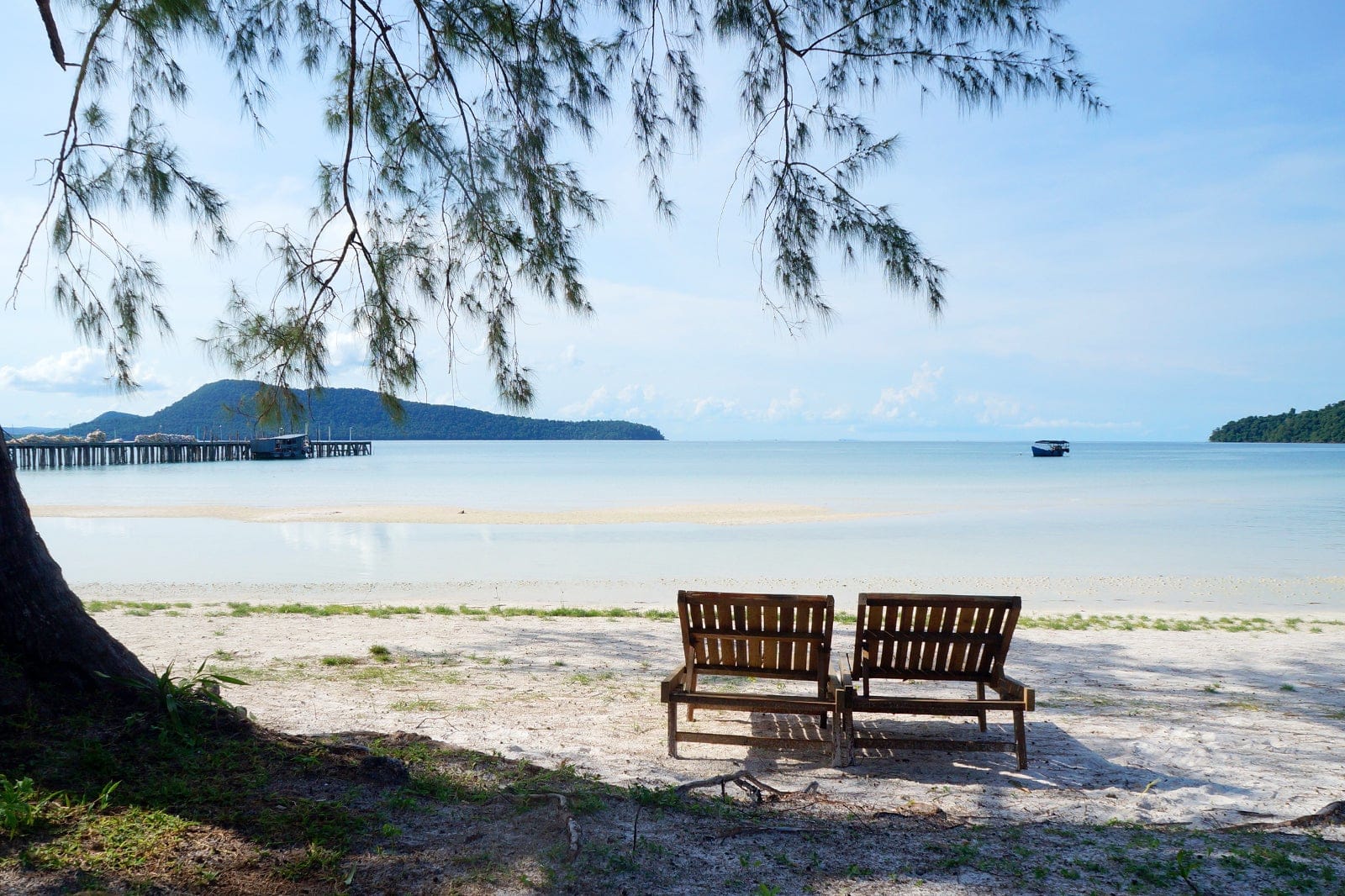
Koh Rong offers over 20 amazing strips of white-sand beaches facing azure seas, and most are only just being discovered and enjoyed. This is among the things that make the island still very much an unspoiled paradise.
Situated just off the Cambodian coast, near Sihanoukville, there are 5 tiny islands in the area, though 3 are uninhabited. Of the other 2 islands, Koh Rong is gradually becoming a bit of a party island, popular with backpackers, while Koh Rong Sanloem has a quieter and more easy-going atmosphere.
9. Battambang & Surroundings

Battambang is somewhat an ode to French colonialism. The city lies in the heart of Northwest Cambodia and until the warring years it was the leading rice-producing province of the country. Besides offering pleasing sights throughout its town with French colonial-era buildings, it also gives off the small-town feel that you can expect to encounter in Cambodia as a rule.
The city is some 293 km from Phnom Penh and was the leading rice-producing province of the country until the war years. Battambang is also a popular base for visiting the nearby temples of Phnom Banon and Wat Ek Phnom and it serves as a gateway between Thailand and Phnom Penh.
10. Mondulkiri

Mondulkiri, otherwise known as a the ‘Meeting of the Hills’, is located within the eastern highlands of Cambodia, and it is not only the country’s largest provinces, it is also the most sparsely populated and boasts a uniquely cool climate – in fact it can get chilly at night. From rolling grassy hills to pine forested mountains, dotted with tranquil rivers, gushing waterfalls and forested mountains, this is a wonderful place to get back to nature. Wildlife abounds thanks to local conservation efforts and sanctuaries, often coordinated from the quiet and humble town of Monorom.The fascinating indigenous Bunong people live here, and you have an opportunity to discover their culture, and befriend them through village visits.
